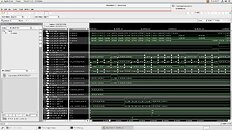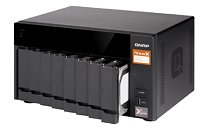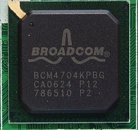
GlobalFoundries to Acquire MIPS to Accelerate AI and Compute Capabilities
GlobalFoundries (Nasdaq: GFS) (GF) today announced a definitive agreement to acquire MIPS, a leading supplier of AI and processor IP. This strategic acquisition will expand GF's portfolio of customizable IP offerings, allowing it to further differentiate its process technologies with IP and software capabilities.
"MIPS brings a strong heritage of delivering efficient, scalable compute IP tailored for performance-critical applications, which strategically aligns with the evolving demands of AI platforms across diverse markets," said Niels Anderskouv, president and chief operating officer at GlobalFoundries. "Through this acquisition, we will expand our capabilities to offer customers more flexible solutions, paired with our differentiated process technologies and world-class manufacturing to help them build best-in-class products. This acquisition will be a powerful step forward to push the boundaries of efficiency and performance across a broad range of applications in automotive, industrial and datacenter infrastructure."
"MIPS brings a strong heritage of delivering efficient, scalable compute IP tailored for performance-critical applications, which strategically aligns with the evolving demands of AI platforms across diverse markets," said Niels Anderskouv, president and chief operating officer at GlobalFoundries. "Through this acquisition, we will expand our capabilities to offer customers more flexible solutions, paired with our differentiated process technologies and world-class manufacturing to help them build best-in-class products. This acquisition will be a powerful step forward to push the boundaries of efficiency and performance across a broad range of applications in automotive, industrial and datacenter infrastructure."




























